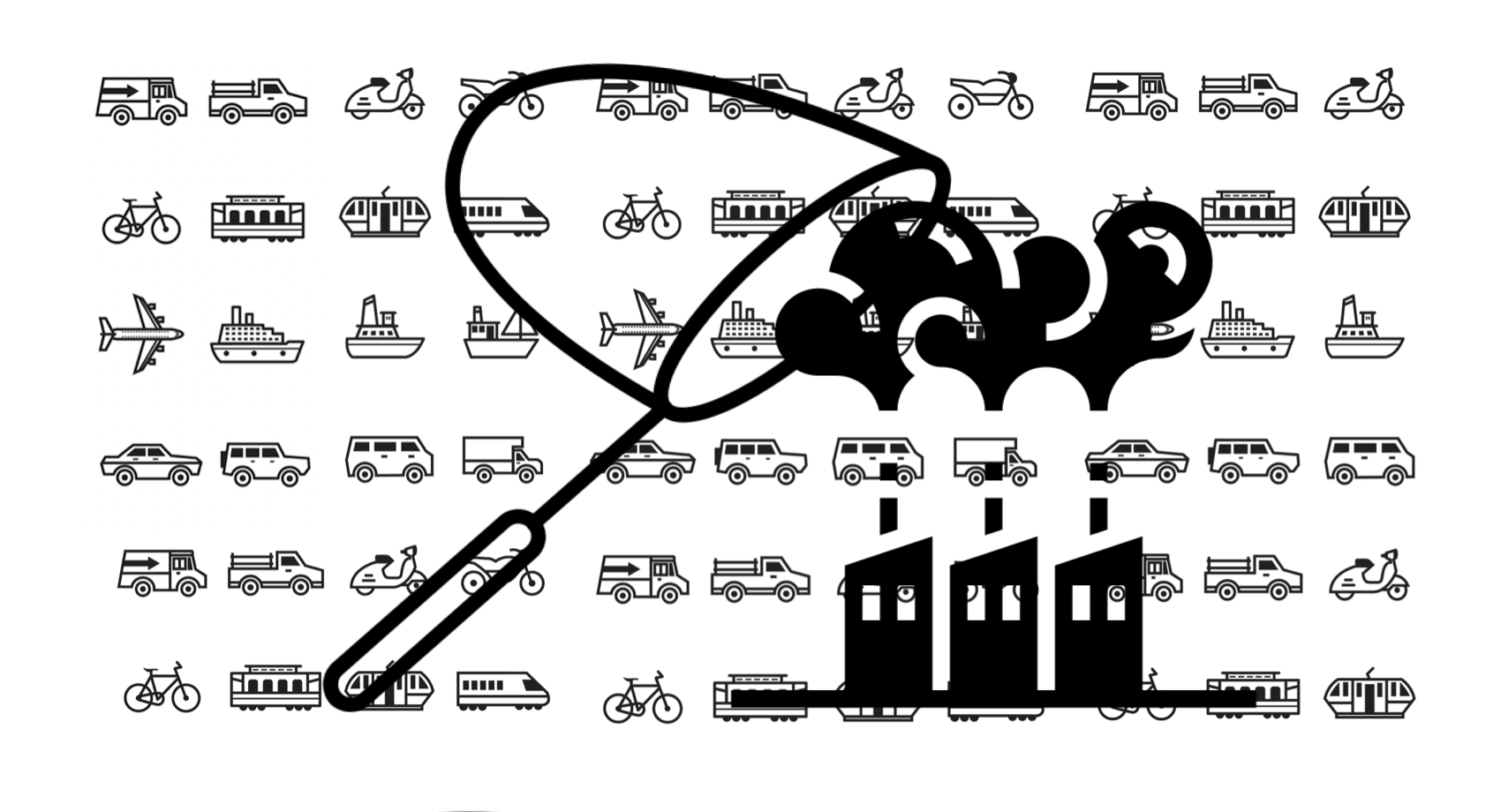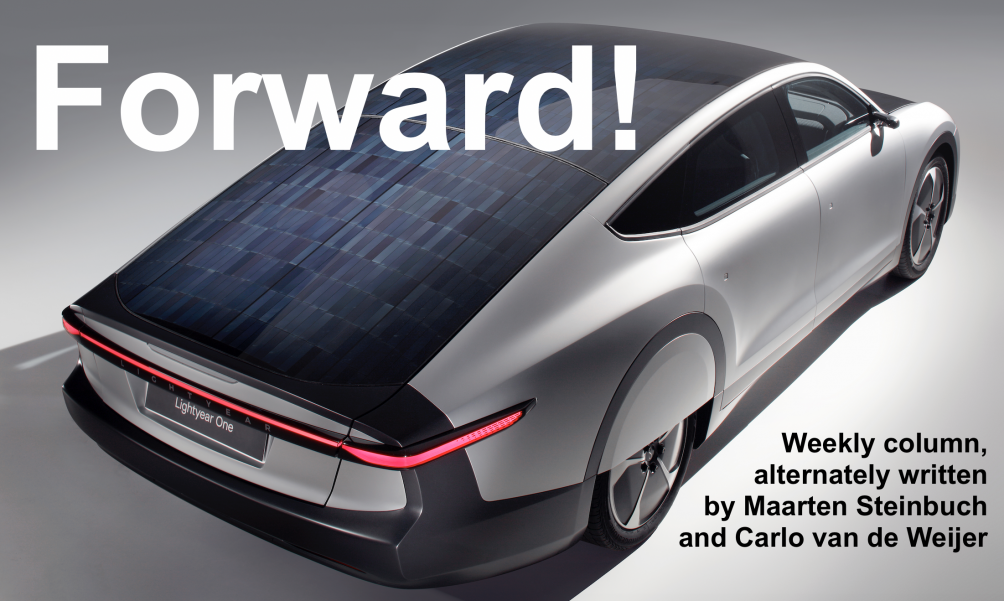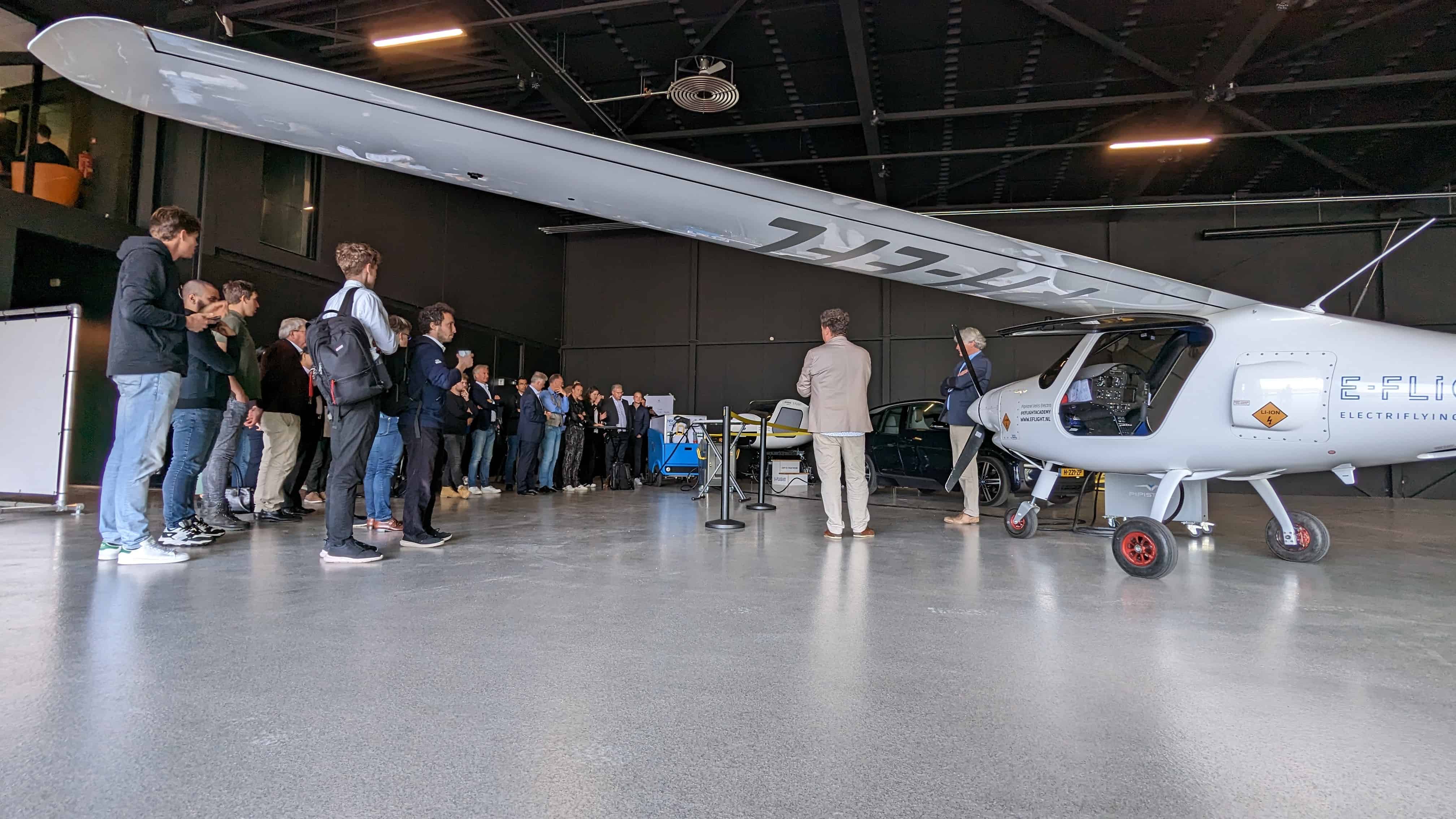
Looking back a few thousand years from now, the history of mankind will see just a very brief spike in the use of fossil fuels. Until about 150 years ago, our lives ran entirely on renewable sources, mainly biofuels. In much less than 150 years, fossil fuels will economically run out anyway, but we now know that we will have to move to a fossil-free society much sooner to avoid substantial climate damage.
For mobility, the move towards electrification is already well underway. By 2050, almost all of the world’s road traffic will be electric. But for aviation and shipping, this is not so easy. There will be many battery-electric planes and ships for shorter distances, but their share in energy consumption will be minimal compared to long-distance connections. To make those fully sustainable, non-fossil fuels are needed.

We’ve talked about synthetic fuels, made from electricity, water and CO2, many times before in these columns. There are two main reasons why these will win out over other options, such as hydrogen. First, because the existing fleet can be relatively easily adapted for these synthetic fuels, which greatly accelerates the transition. In addition, these fuels are relatively easy to transport and store, which will also make them the cheapest alternative in the long run.
But an enormous amount of renewable energy, water, and CO2 is needed to produce these fuels. All in all, it is estimated that for air and shipping combined, we will need about 50,000 square kilometers of solar panels in a sunny country. But capturing the necessary CO2 will be an even bigger challenge. Air and shipping both emit about a billion tons of CO2, and the same amount will have to be captured to make the replacing synthetic fuels.
Recently, Switzerland’s Climeworks opened the world’s largest carbon capture facility to date in Iceland. A setup the size of three shipping containers, it extracts 4,000 tons of CO2 per year from the air. That’s a drop in the bucket; we would need to make over a hundred thousand of these kinds of installations, even after the expected improvements in CO2 capturing technology, for air and shipping alone.
These are overwhelming numbers, but that does not make it impossible. For example, a billion new cars will be built in the next ten years, so why couldn’t we build a hundred thousand carbon capture plants? Similarly, the thousands of fuel plants needed for all those synthetic fuels are not much different in volume from the massive amount of refineries we built in the fossil era. The trillions needed can quite easily be recouped, especially if we finally start charging a fair carbon price on fossil fuel. Last week, that price broke through the $75-per-tonne barrier, converted to 25 cents per liter of fuel, and it will surely continue to rise.
The energy transition in mobility is a mega-project, but it is possible. It will also soon be economically viable, and then things can go fast.
Maarten Steinbuch and Carlo van de Weijer are alternately writing this weekly column, originally published (in Dutch) in FD. Did you like it? There’s more to enjoy: a book with a selection of these columns has just been published by 24U and distributed by Lecturis.







